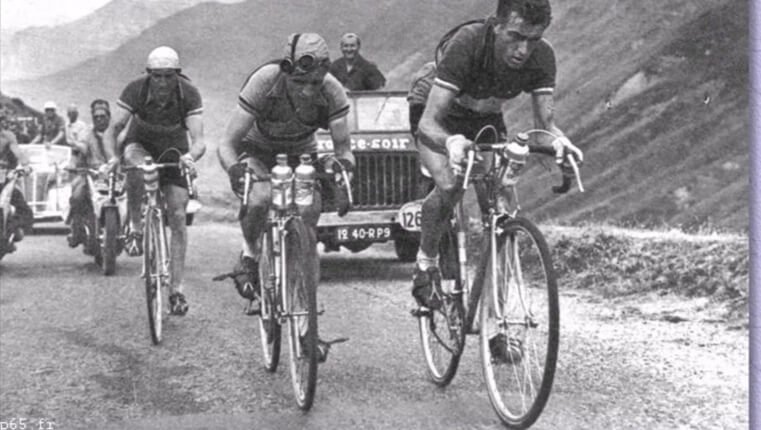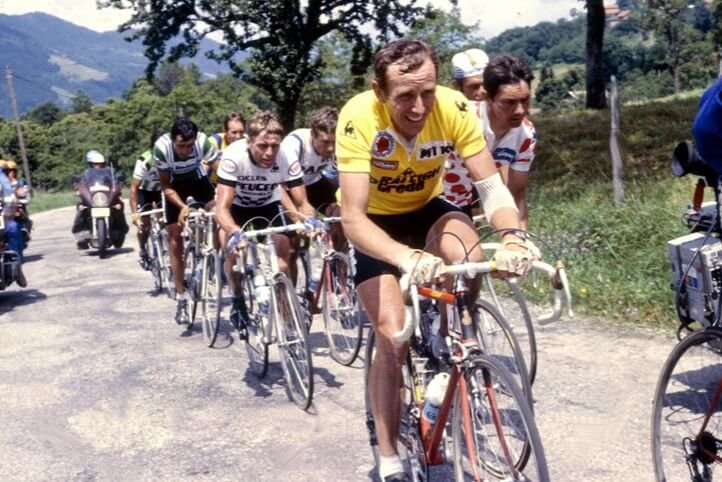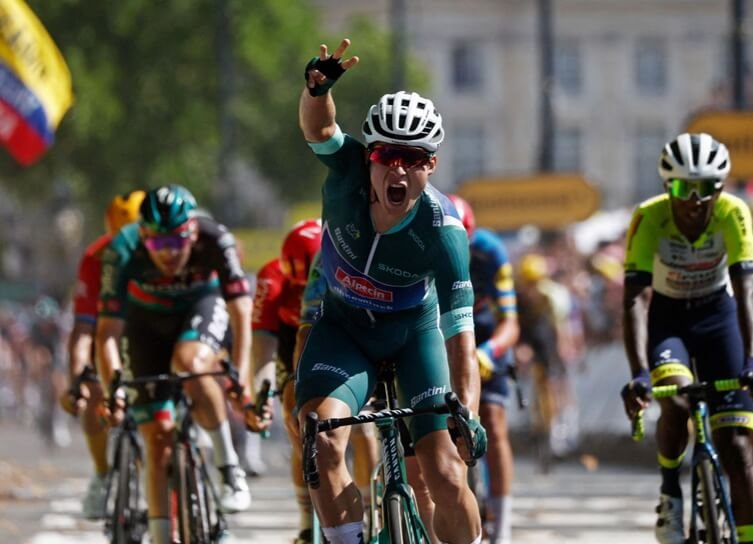Cycling, has seen a remarkable transformation not just in the design of the bicycle itself, but in the gear that accompanies it. In my 30 years riding and racing bikes, I’ve seen a huge transformation with my own eyes. From vintage classics to ultra-modern innovations, let’s take a ride through time and explore the evolution of cycling gear.
Table of Contents
1. The Vintage Era: Form and Function
In the late 19th and early 20th centuries, bicycles became a popular mode of transportation. The gear of this era was primarily designed for functionality. However, it had an unmistakable charm.
Tweeds and Wool: Many cyclists wore everyday clothing, such as wool suits and long skirts. Wool jerseys and knickerbockers (short pants) were popular for their comfort and ease of movement.
Caps and Goggles: Vintage cycling caps with their characteristic flip-up visor became iconic, offering protection from the sun and rain. Cyclists also wore goggles, especially when racing downhill, to protect their eyes from dirt and dust.
2. The Mid-century: The Racing Boom

With the advent of global bicycle races like the Tour de France, cycling gear began to evolve rapidly. This period saw the need for more efficient, aerodynamic, and comfortable attire.
Lycra and Spandex: These materials were revolutionary, offering a snug fit and reducing air resistance. The colorful jerseys we see in races today have their origins in this era.
Clipless Pedals and Shoes: These allowed cyclists to secure their feet to the pedals, improving efficiency and power transfer.
3. The 80s and 90s: Technological Advancements

The late 20th century was an exciting time for cycling enthusiasts. There was a surge in research and development, leading to some of the most significant advancements in cycling gear.
Helmet Design: Safety took the forefront with helmets becoming lighter, more aerodynamic, and most importantly, safer.
High-tech Materials: From carbon fiber bike components to moisture-wicking fabrics, the focus was on making the cyclist’s journey faster and more comfortable.
4. The Modern Era: Smart Cycling and Sustainability

Today, the world of cycling gear is as much about technology as it is about style and sustainability.
Wearable Tech: From smart helmets with built-in LED lights and indicators to jerseys with embedded sensors to monitor heart rate and performance, tech is reshaping the cycling experience.
Sustainable Fashion: With an increased focus on sustainability, many brands are crafting gear from recycled materials or employing methods that have a reduced environmental footprint.
Customization: With modern manufacturing techniques, cyclists can now get gear tailored to their exact specifications, be it a custom paint job on a helmet or shoes fitted perfectly to their feet.
Conclusion
The evolution of cycling gear tells a story of our changing relationship with bicycles and our environment. From the vintage wool jerseys of the early days to the high-tech, sustainable fabrics of today, cycling gear reflects the times and the priorities of its wearers.
Whether you’re a casual rider or a professional racer, appreciating the rich history of cycling gear can add another layer of enjoyment to your ride. So, the next time you gear up for a ride, take a moment to reflect on the journey cycling gear has taken over the decades – and how it continues to shape our experiences on two wheels. John
John Swanstrom has been riding and racing bikes for over 30 years and is the founder of Cyclists Authority, your ultimate cycling resource.





